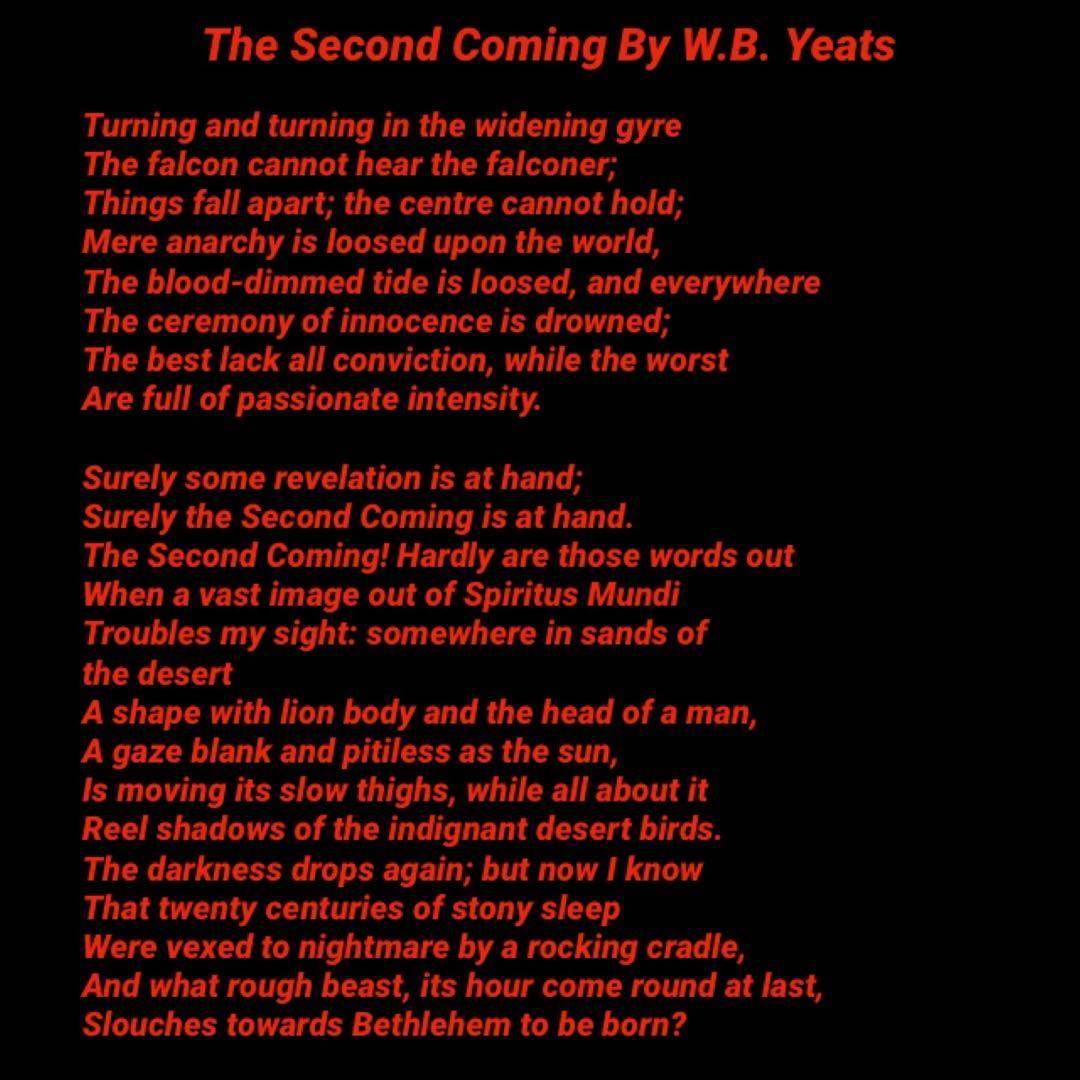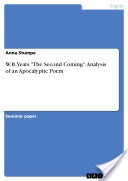
Does anybody listen to the podcast pseudopod? It‘s just narrated short horror stories but the episode I listened to today had this poem grouped in with a story read by a guy who had the deep low voice of the devil. It definitely had a chilling effect. And it made me think of Weaveworld by Clive Barker. #poetry http://pseudopod.org/2019/09/20/pseudopod-666-breaking-the-waters/
andrew61 No i hadn't heard of it but thanks i will give it a go. 5y
Cathythoughts I just looked it up & I‘ll listen tonight 👍🏻 thanks Reggie 5y
KathyWheeler Haven‘t heard the podcast, but this has been one of my favorite poems for a very long time. I‘ll take a listen to it because they have great taste in poetry. 😊 5y
See All 9 Comments
Booksnchill I memorized this in High School and loved it- I will listen to the podcast- thanks for the memory! 5y
Reggie @andrew61 @Cathythoughts @KathyWheeler @Booksnchill I hope ya‘ll enjoy it!!! 5y
sprainedbrain This sounds cool. I will check out the podcast! 5y
Hazel2019 Thanks for recommending! Always looking for interesting podcasts 😁 5y
Reggie @sprainedbrain @Hazel2019 I hope you ladies like the podcast. I like them because the host will breakdown a story afterwards and give some great insight. 5y
RiverKScottWrites Love that podcast and love this poem! 5y
68 likes9 comments


















